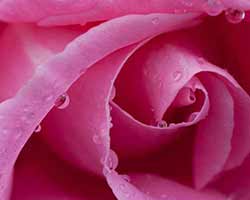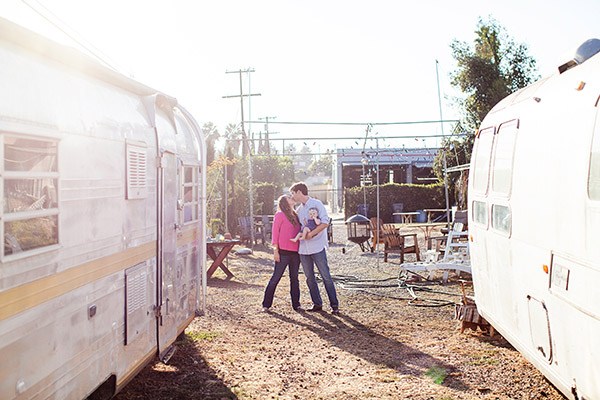Many photographers (including me) have fairly humble beginnings in our photography journeys. We all start out bursting at the seams, ready to capture the world as we see it and quite proud of our “art.” Shortly after, however, we find there are many rules, techniques and methods to learn, and photography is much more complicated than we initially realized. There may even be a photographer (or photographers) who we follow, and once the haze of our newfound passion has worn off, we are left tilting our heads and wondering just how they do what they do. Here are a few simple tips on achieving beautiful, creative images you can be proud of!
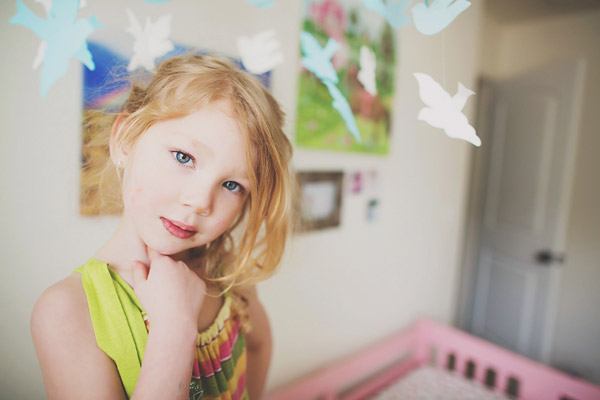
Get That Camera Off of Auto Mode
There is no substitute for technical knowledge, I'm afraid. Most photographers will tell you to learn the basics and shoot in manual mode if possible. If you are using a DSLR, learn to use it to its full potential. Understand how the exposure triangle works and how to use aperture to your creative benefit.
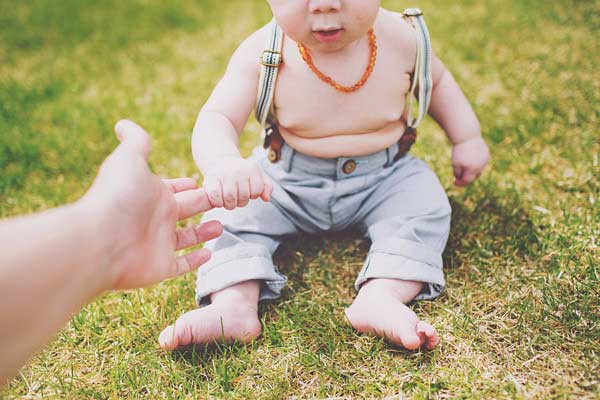
Some point-and-shoot cameras also have a manual mode, so you want to see if yours does. One reason this is a good idea is because shooting at different apertures will yield varying results, each of which can set a different mood. A good exercise is to practice opening your aperture as high as you can. Keep in mind that the more you open your aperture, the harder it is to achieve focus, so you will need to practice this. Now stop down by closing your aperture, and you will notice that you are getting much more of your image in focus. An open aperture will provide a beautiful depth of field — or simply put, give your subject a beautiful blurred background while the area of your focus is sharp and the center of attention. A closed down aperture would be great if you were shooting outside with a beautiful landscape or in an area where you want to preserve that interest and show more in your frame.
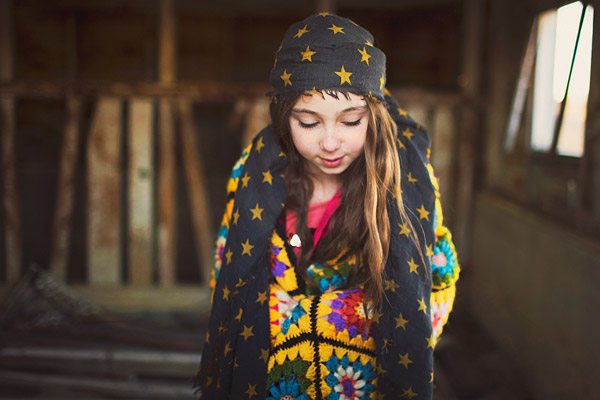
Learn the Rules — Then Break Them
Many photographers are aware of what seems like the infinite rules of photography. Some of these include the Rule of Thirds, using leading lines, and avoiding dappled light or major blown-out areas of your image where there is loss of detail due to overexposure. Of course good focus, correct white balance and trying to avoid limb chops are also advised.
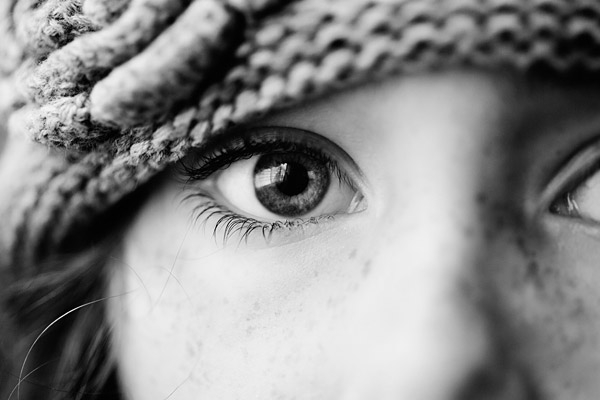
Yes, I agree these are important to be aware of. However, they are not the end-all. Most importantly, principles and a bit of creative freedom can make for an amazing image as well. The key to the difference in making mistakes and being creative is doing it intentionally. Breaking the rules might work well if you focus on an element such as a flower (or something that helps your image tell your story), while letting your subjects fall out of focus. Sometimes shooting in a backlight situation and taking advantage of lens or light flare works beautifully, even though it usually does cause some blown out or overexposed areas of your image. Sometimes an extreme close up or creatively chopped area of your subject can work, especially if you are shooting portraits.

Practice Makes Perfect.
Bring your camera everywhere you go. Photograph anything and everything you can to get accustomed to various lighting situations and different camera settings. The more comfortable you get with your camera, the more things will become second nature for you. Even now, many years after I began my own photography journey, I still bring my camera most places. When I don’t have my camera with me, I am still visualizing photographs. I am looking at the light and the way it falls on different people, on different objects. Whether I am riding in the car or out with my family, I am still assessing and taking in everything around me.
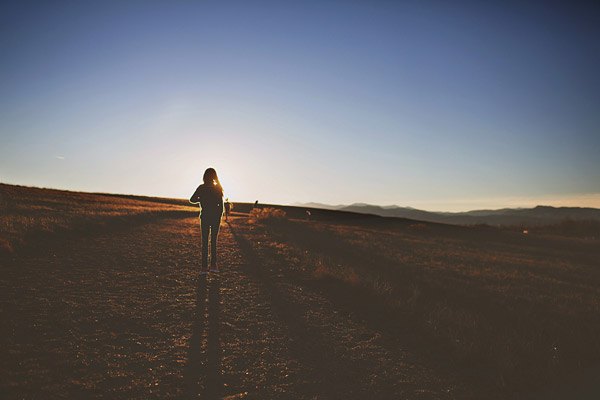
Take on a photography project. One I am currently doing is a Project 365. This is simply taking one image a day. If that is too much for you, take on a Project 52, which is a photo a week. Challenging yourself and setting goals are great ways to not only grow and find yourself creatively, but to also get accustomed to photographing many different subjects and settings.
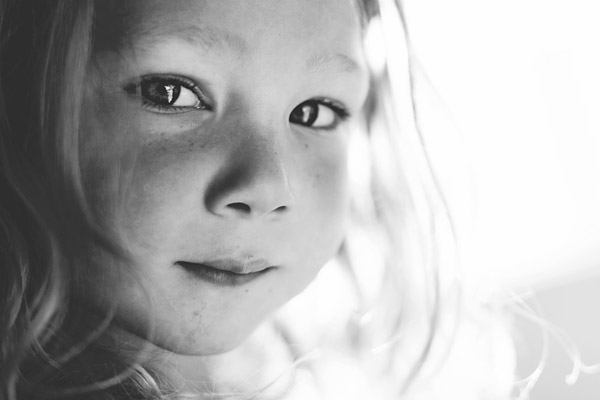
You have your own creative perspective. Don't be afraid to utilize it, as it’s your greatest asset as a photographer. Thinking outside the box is refreshing, so don’t be afraid to be bold and try new things with composition and light. Sometimes pushing yourself out of your comfort zone is just enough to get you on the right track.
Bonus Offer: Want to become a better photographer? Taking an online photography course at NYIP will get you there! Enroll Today!


